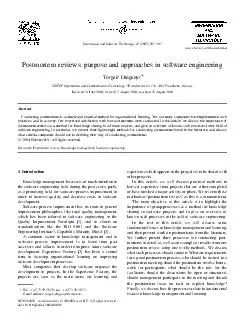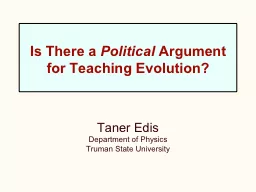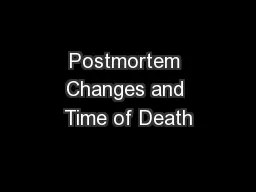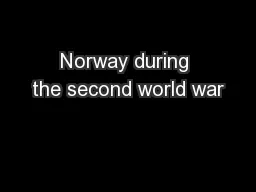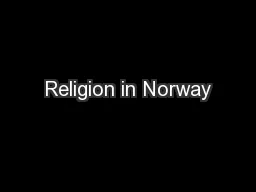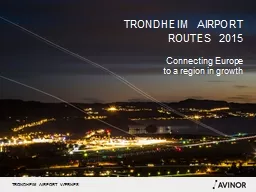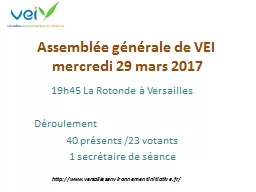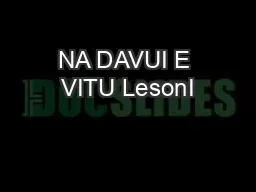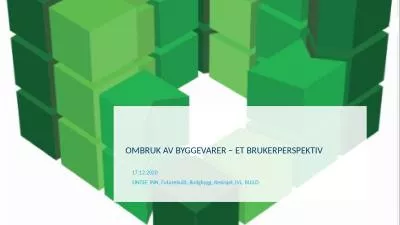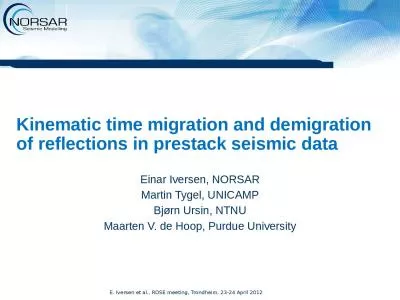PDF-Postmortem reviews purpose and approaches in software engineering Torgeir Dingsyr SINTEF
Author : marina-yarberry | Published Date : 2014-12-19
Yet not many companies have implemented such practices and in a survey few expressed satisfaction with how postmortems were conducted In this article we discuss
Presentation Embed Code
Download Presentation
Download Presentation The PPT/PDF document "Postmortem reviews purpose and approache..." is the property of its rightful owner. Permission is granted to download and print the materials on this website for personal, non-commercial use only, and to display it on your personal computer provided you do not modify the materials and that you retain all copyright notices contained in the materials. By downloading content from our website, you accept the terms of this agreement.
Postmortem reviews purpose and approaches in software engineering Torgeir Dingsyr SINTEF: Transcript
Download Rules Of Document
"Postmortem reviews purpose and approaches in software engineering Torgeir Dingsyr SINTEF"The content belongs to its owner. You may download and print it for personal use, without modification, and keep all copyright notices. By downloading, you agree to these terms.
Related Documents

